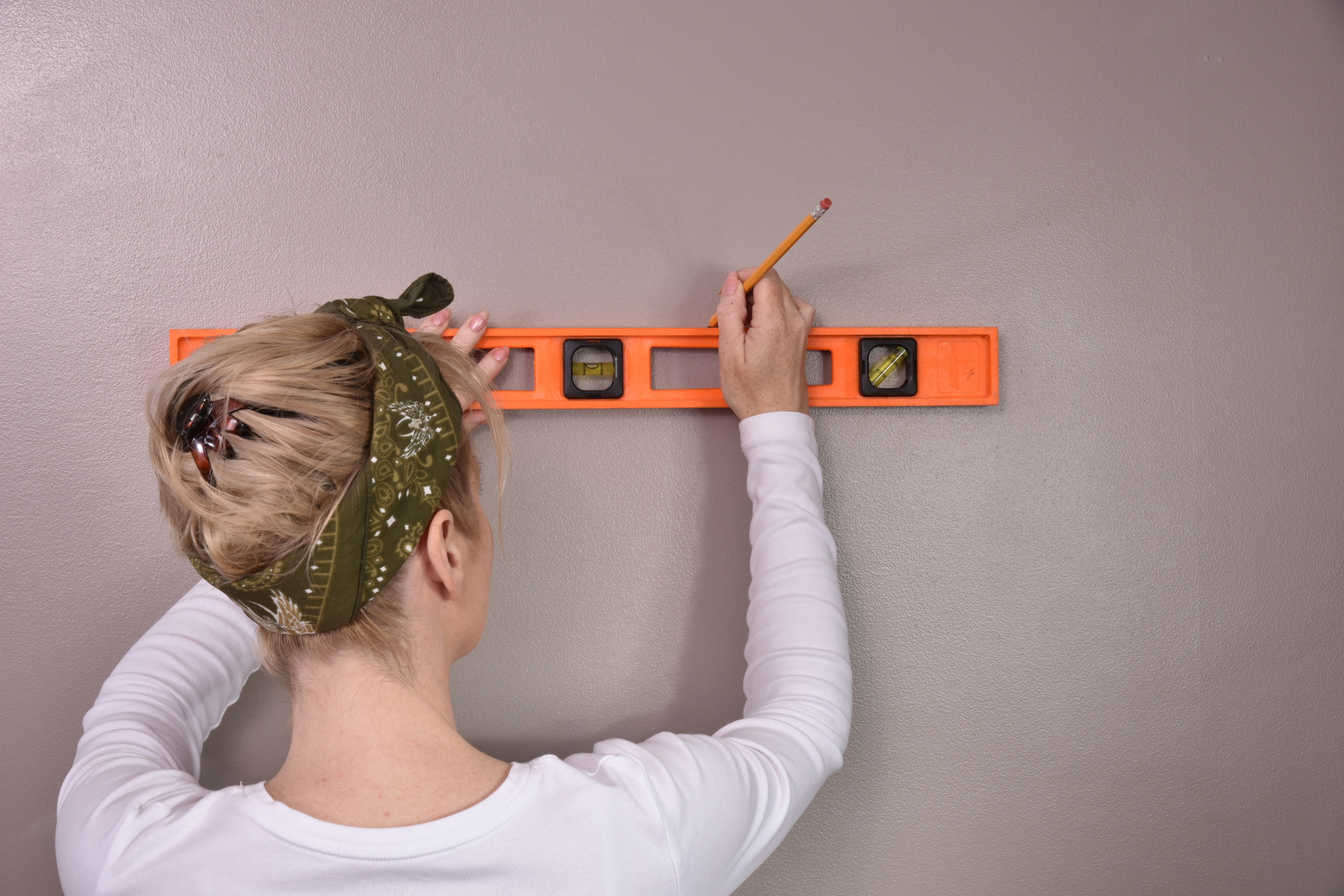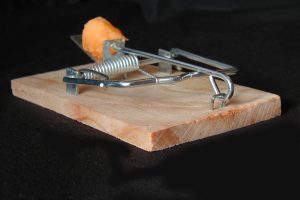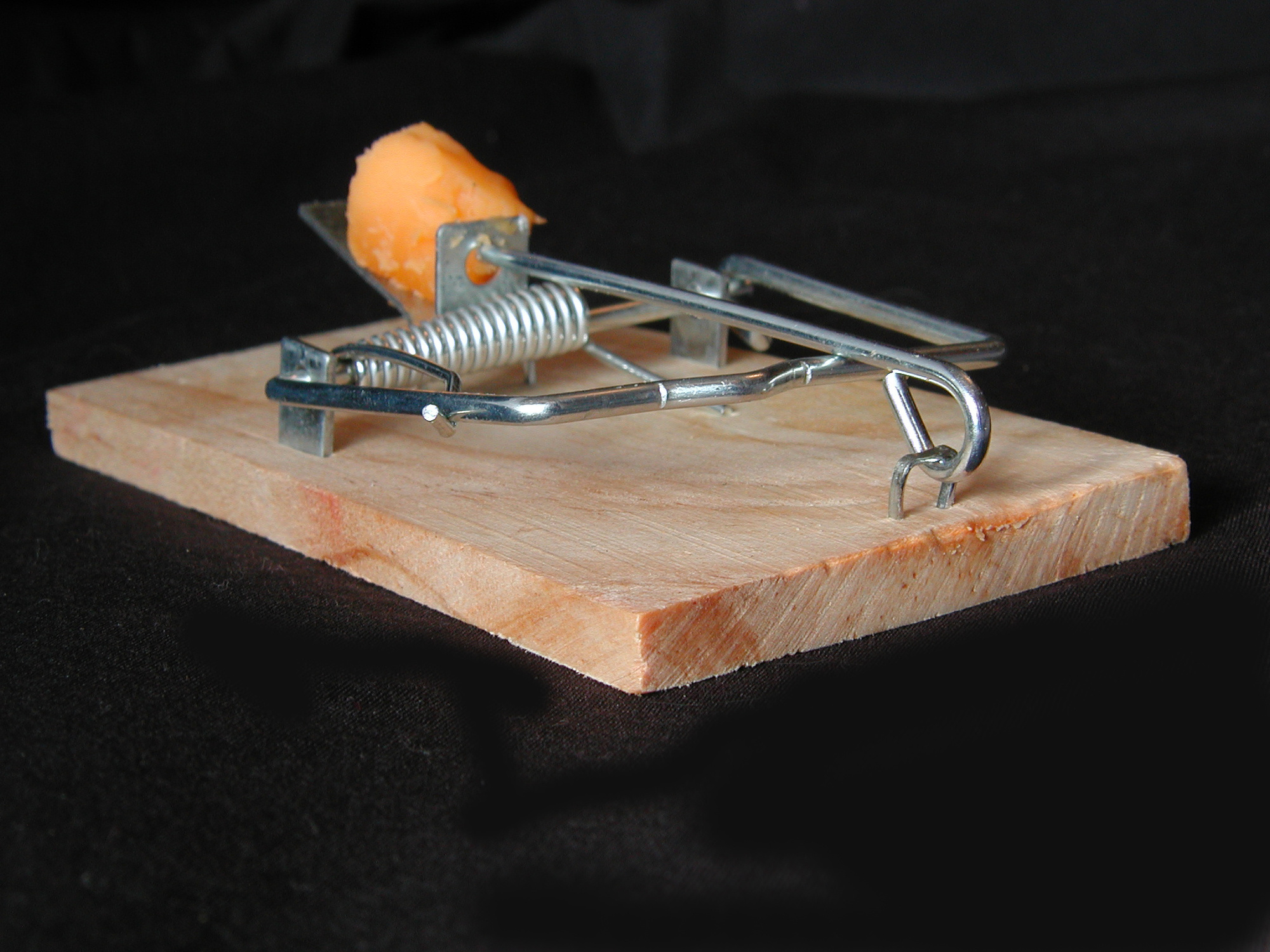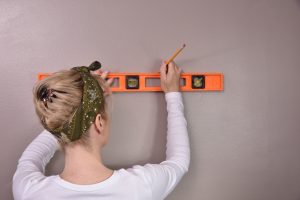 Nothing makes your house a home like some great decorating skills.
Nothing makes your house a home like some great decorating skills.
But, it can be hard to take on a remodeling project with a low bank account. You might be wondering whether it’s worth waiting to save more instead of adding a little beauty now.
Thankfully, affordable remodeling projects mean you don’t have to choose!
There are many simple, budget-friendly ways to take your home decor from okay to outstanding.
Here are ten ideas to pick from.
1. Add a Touch of Color
Affordable remodeling can be as simple as a can of paint.
Pick a room in the house to touch-up with a fresh color.
This might mean painting one wall of your living room to add some interesting contrast. Or, it could be taking on the entire master bedroom with a comforting, soft color.
Whatever you decide, skip hiring professional painters.
You can take on most painting jobs yourself with the help of a few extra hands. Get your family in on the project, or invite some friends over and get to work.
2. Reflect Your Style with Mirrors
Sometimes, a paint job helps make a room seem bigger and more inviting.
Another great trick is to buy and mount a big mirror. Mirrors aren’t just for checking your outfit as you walk out the door.
Their reflections suggest a room is bigger than it actually is. If you’re into hosting gatherings, or you’re not sure what to do about a tight space, don’t underestimate the power of this simple project.
3. Use Your Head(board)
Another easy and affordable remodeling idea is to get a new headboard.
No, we don’t mean shopping for something on sale. Instead, try making your own!
Headboards add a touch of character to any bedroom. You can make one to match the comfy, rustic vibes you have going on, or to treat your child to a mini bedroom makeover.
All you need are a few pieces of wood, screws and tools, and the time to bring your project to life. Maybe pick up a few extra items to create a stained wood look or fabric to make an upholstered headboard.
4. Make Your Own Pillow Covers
If you do decide to pick up some fabric for your headboard, grab a little extra to make matching pillows.
Fresh pillows change the atmosphere of a bedroom as well as a living room. They can be bold with bright colors and funky designs, or classic and elegant.
Such an affordable remodeling trick is the perfect way to have a small, yet significant, change in your decor.
5. Focus on the Small Details
There are many other ways to use small details around your home. Let’s take a look at the simple changes you can do in a few different rooms.
Bathrooms
This is probably the cheapest affordable design trick out there – a fresh set of matching towels and a carpet.
These look way more put together than using whatever is clean in the guest bathroom. You can find fairly-priced options at your local department store or shop online for even more cheap deals.
Not to mention, there’s a wide range of special linens for the holidays or just for the changing of the seasons.
Kitchen
The kitchen is another room that could use some fresh linens. Consider picking up some new placemats or hand towels to keep out.
Also, try mounting some hooks to hang your pots or get a magnet slab to reorganize where you keep your knives.
Garage
Hooks and shelves go great in the garage, too.
Affordable remodeling and a little bit of clean-up go hand in hand. Try changing how you store things in your garage to create more space and less clutter.
Who knows, this may be the first step in creating a workout space or a man cave further down the line when you have access to more funds.
6. Create More Shelf Space
Although shelves are an easy way to organize your garage, they can spice up pretty much any room in the house.
Use them in your living room to mount photos, candles, and other decorative items. Add a shelf above your toilet for common bathroom items. Or, put a shelf in your entryway as a designated place to drop your things.
Making shelves can be as simple as a few board pegs and some screws.
It can also be a fun way to let your creative juices out.
This affordable remodeling idea ranges from a few mounted slabs to leaning shelves to shelves made out of upcycled everyday items.
7. Hang More Frames
As you’re thinking about which walls to place your shelves, consider using frames, too.
Frames aren’t just for photos. You can let your inner artist out and paint decorative designs inside this space. Or, insert special quotes and sayings within them.
Consider leaving a few frames empty, and staggering groups of frames together for even more eye-catching designs.
8. Light up a Room
Just when you think you’ve tried all the affordable remodeling tricks in the book, don’t forget to look at your lighting.
Buying a new lamp or playing with curtains and smart blinds can do wonders to a room’s overall aesthetic. Light makes a room dim and cozy or bright and welcoming, whether it be artificial or natural light.
Such tricks help you focus while you work in your home office or enjoy a quiet dinner in a softer setting.
9. Buy Some Plants
Light isn’t the only affordable remodeling tool you can use in any room. Plants also go pretty much anywhere in the house.
A few succulents on your bathroom windowsill or a fresh bouquet in your living room really bring life to a room. Plus, many inside plants are fairly easy to manage.
You can also take this interest outside to start a home garden and do a bit of landscaping.
10. Get Crown Molding
There’s nothing like kicking your feet up to enjoy the room you’ve just remodeled.
Unless you finally notice your ceiling and realize it might need a bit of work. Not to worry, just get some crown molding to make it look much better.
Crown molding is used to line the intersection between the top of a wall and your ceiling. It’s a timeless touch of sophistication.
You can also use this trick along the half-way or mid-way point of some walls.
Some even help homeowners hide rewiring projects.
Although, this is not something you should take on without a professional. There are a few other renovation mistakes to avoid, and Holland Homes has the top ones to watch out for.
Affordable Remodeling and More Budget-Friendly Tips
Affordable remodeling can help you settle into your new home or make your current house more presentable to sell.
If you’re in the process of moving, though, there’s a more important budget to consider. On top of remodeling, you might have to hire movers, buy or get rid of certain items, and more.
Check out why it’s important to have a budget during this process.





 Nothing makes your house a home like some great decorating skills.
Nothing makes your house a home like some great decorating skills.


